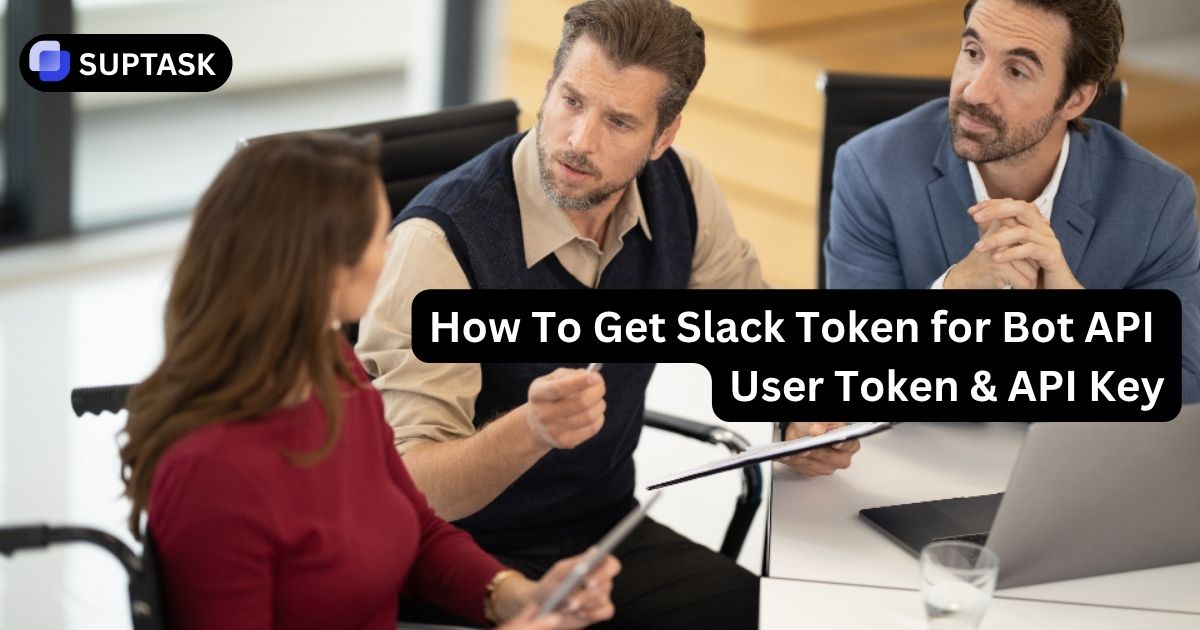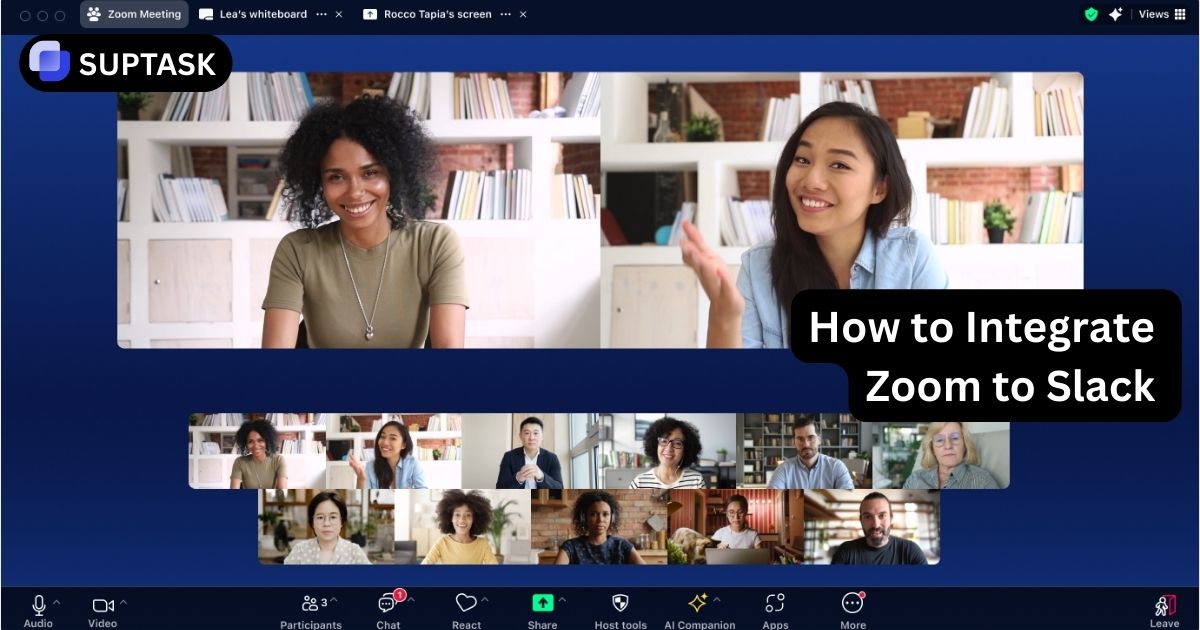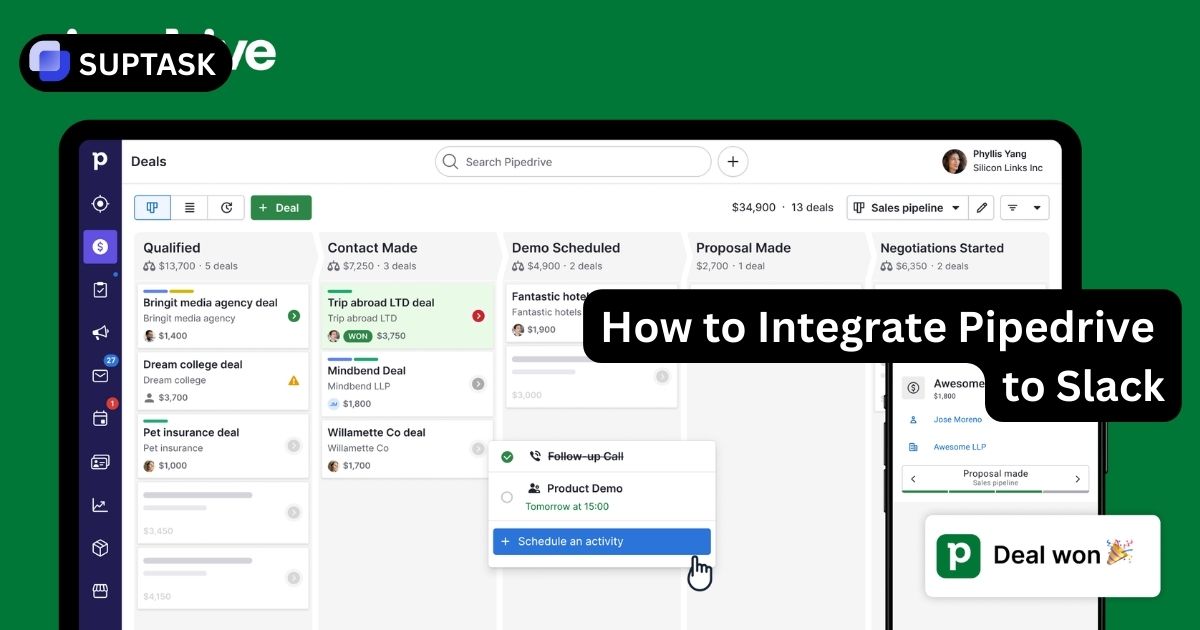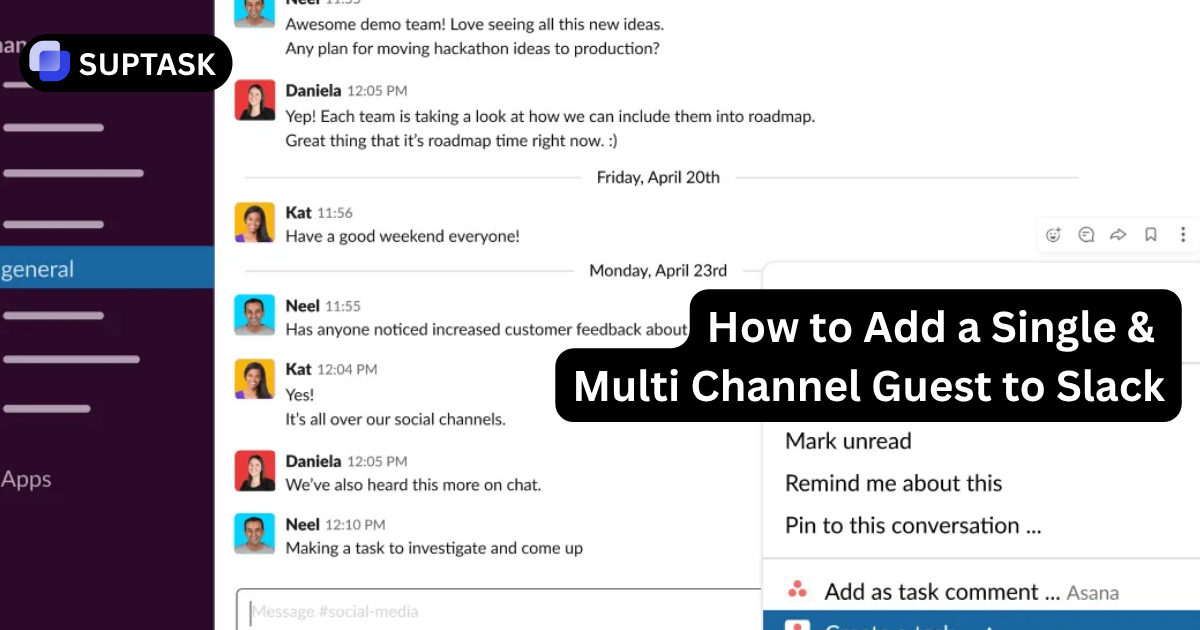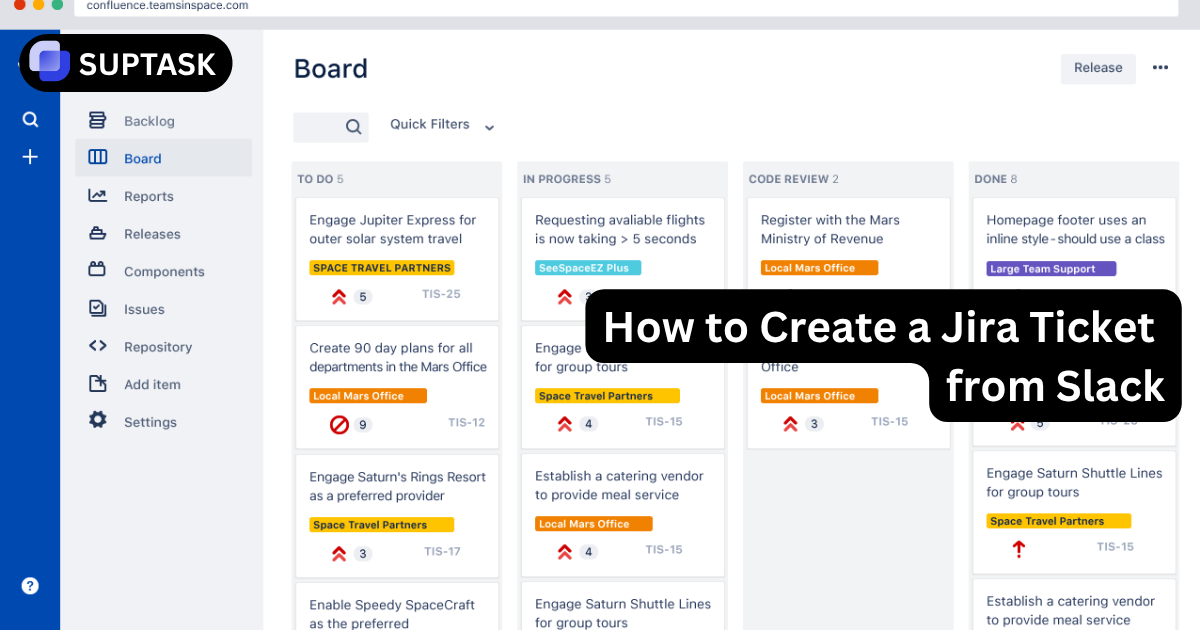How To Get Slack Token for Bot API
Every Slack bot starts with a token; your key to the API’s world of automation and integrations. Whether you’re building a custom workflow or connecting existing tools, understanding how to get and manage your Slack token is the first real step to making your bot come alive.
Master bot tokens (xoxb-), user tokens (xoxp-), and app-level tokens (xapp-). Complete guide to Slack API authentication and OAuth 2.0 flow.
Understanding Slack Token Types
Each token type serves a distinct purpose. Choose the right token for your use case to build secure, functional Slack integrations.
Bot User Token (xoxb-)
When To Use
- Posting automated messages to channels
- Responding to slash commands
- Listening for events and mentions
- Building bots with independent identity
Key Characteristics
- Not tied to any specific user
- Works even if installer leaves workspace
- Requires explicit channel invitations
- Defined by Bot Token Scopes
User Token (xoxp-)
When To Use
- Accessing user-specific data
- Acting in private channels/DMs
- Setting reminders for users
- Accessing personal settings
Key Characteristics
- Tied to specific user account
- Actions appear as that user
- Constrained by user's permissions
- Defined by User Token Scopes
App-Level Token (xapp-)
When To Use
- Enabling Socket Mode connections
- Running apps behind firewalls
- Managing app across workspaces
- Real-time WebSocket events
Key Characteristics
- Represents app, not installation
- Generated manually in dashboard
- Requires connections:write scope
- Works with WebSocket API
Incoming Webhook URL
When To Use
- Simple notifications from external services
- CI/CD build status alerts
- Monitoring system alerts
- One-way message posting only
Key Characteristics
- No OAuth token needed
- URL itself is the credential
- Posts to pre-configured channel
- Cannot read or listen to events
Interactive Token Type Identifier
Paste any Slack token to instantly identify its type and learn about its capabilities.
How To Generate Slack Tokens: Two Methods
Method 1 is for internal apps and development. Method 2 (OAuth 2.0) is required for distributable apps installed across multiple workspaces.
Method 1: Direct Installation for Internal Apps
Perfect for single-workspace apps and quick development testing. Get tokens in minutes.
Method 2: OAuth 2.0 Flow for Distributable Apps
Required for public apps in the Slack App Directory. Allows any workspace to install your app securely.
OAuth Authorization URL Example
https://slack.com/oauth/v2/authorize? client_id=YOUR_CLIENT_ID& scope=chat:write,channels:read& user_scope=users:read& redirect_uri=[https://yourapp.com/slack/oauth](https://yourapp.com/slack/oauth)
Token Exchange Request Example
const response = await fetch('https://slack.com/api/oauth.v2.access', {
method: 'POST',
headers: { 'Content-Type': 'application/x-www-form-urlencoded' },
body: new URLSearchParams({
client_id: process.env.SLACK_CLIENT_ID,
client_secret: process.env.SLACK_CLIENT_SECRET,
code: receivedCode,
redirect_uri: '[https://yourapp.com/slack/oauth](https://yourapp.com/slack/oauth)'
})
});
const data = await response.json();
const botToken = data.access_token; // xoxb-...
const userToken = data.authed_user?.access_token; // xoxp-... Token Types Quick Reference
Complete comparison of all Slack API credentials and their use cases.
| Credential Type | Prefix | Primary Use Case | Generated From |
|---|---|---|---|
| Bot User Token | xoxb- | App's independent bot identity | OAuth & Permissions page |
| User Token | xoxp- | Actions on behalf of user | OAuth & Permissions page |
| App-Level Token | xapp- | Socket Mode, cross-workspace | Basic Information page |
| Client ID | N/A | App identifier for OAuth | Basic Information page |
| Client Secret | N/A | Authenticate during OAuth | Basic Information page |
| Signing Secret | N/A | Verify incoming requests | Basic Information page |
| Webhook URL | hooks.slack.com | Simple incoming messages | Incoming Webhooks feature |
Security Best Practices for Token Management
Tokens are as sensitive as passwords. Follow these practices to protect your Slack integrations.
Never Hardcode Tokens
Store tokens in environment variables or secret management systems. Never commit them to version control, especially public repositories.
Use Secret Management Systems
In production, use AWS Secrets Manager, Google Secret Manager, HashiCorp Vault, or similar tools for centralized, auditable credential management.
Verify Incoming Requests
Always verify Slack requests using the Signing Secret. This prevents forged webhooks and replay attacks on your endpoints.
Implement Token Rotation
For long-lived apps, rotate tokens periodically. Use the auth.revoke API to invalidate compromised tokens immediately.
Follow Least Privilege Principle
Only request the scopes your app needs. Granular permissions reduce the impact of a compromised token.
Monitor Token Usage
Log API calls and monitor for suspicious activity. Set up alerts for unusual patterns or failed authentication attempts.
Verifying Request Signatures with Signing Secret
const crypto = require('crypto');
function verifySlackRequest(req, signingSecret) {
const timestamp = req.headers['x-slack-request-timestamp'];
const slackSignature = req.headers['x-slack-signature'];
// Prevent replay attacks
const fiveMinutesAgo = Math.floor(Date.now() / 1000) - (60 * 5);
if (timestamp < fiveMinutesAgo) {
return false;
}
// Create basestring: v0:timestamp:body
const baseString = `v0:${timestamp}:${req.rawBody}`;
// Calculate HMAC-SHA256 signature
const hmac = crypto.createHmac('sha256', signingSecret);
hmac.update(baseString);
const computedSignature = 'v0=' + hmac.digest('hex');
// Use timing-safe comparison
return crypto.timingSafeEqual(
Buffer.from(computedSignature),
Buffer.from(slackSignature)
);
} Build Slack Apps Faster with Suptask
Skip the OAuth complexity. Suptask provides pre-built Slack authentication, ticketing workflows, and task management. Turn messages into trackable tasks in seconds.
No credit card • 14-day trial • Used by 1,000+ teams
Frequently Asked Questions About Slack Tokens
Common questions developers ask when building Slack integrations.
Ready To Build Your Slack Integration
You now understand bot tokens, user tokens, OAuth flows, and security best practices. Start with Method 1 for internal tools, or implement OAuth 2.0 for distributable apps. Always verify requests with your Signing Secret.


